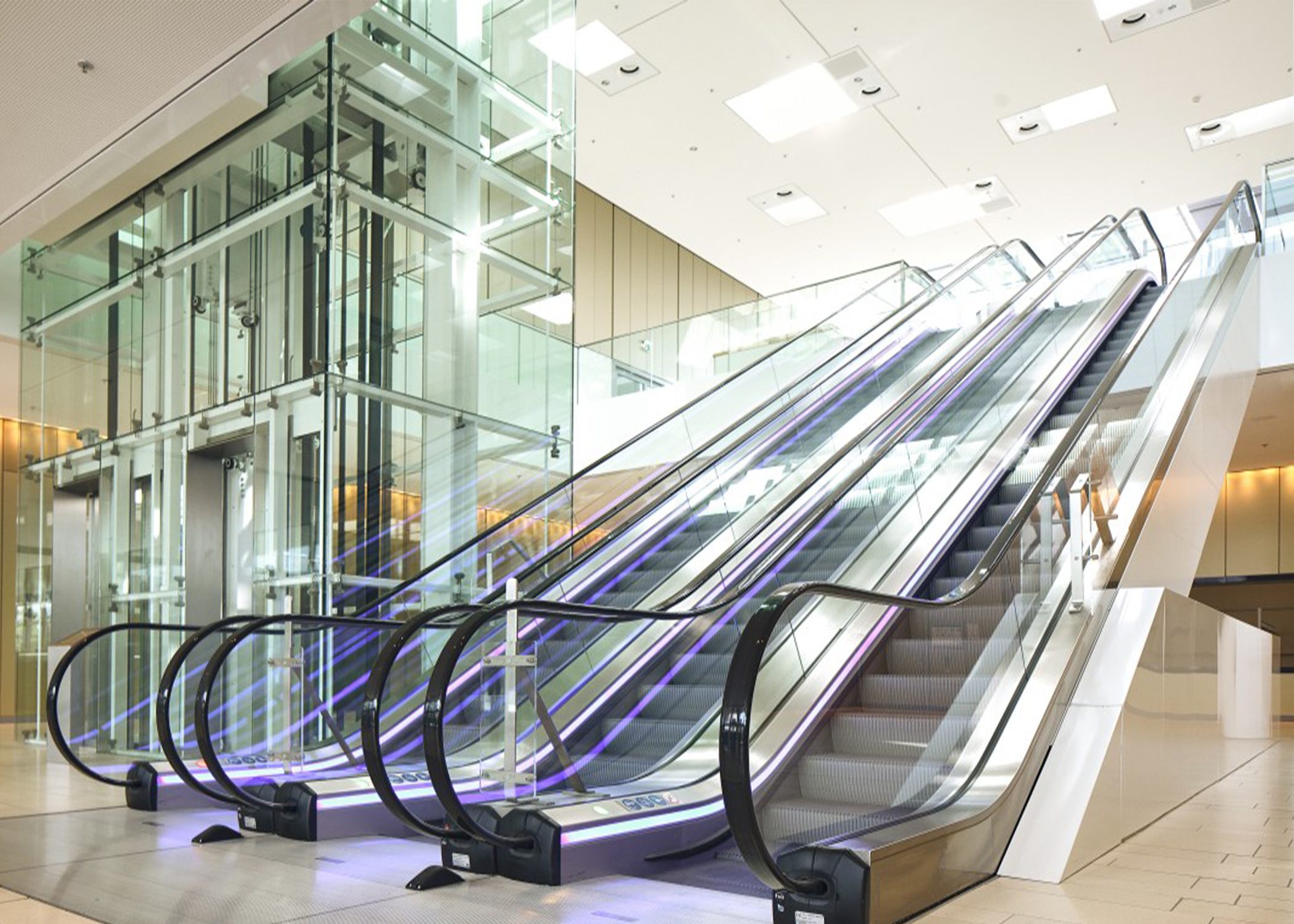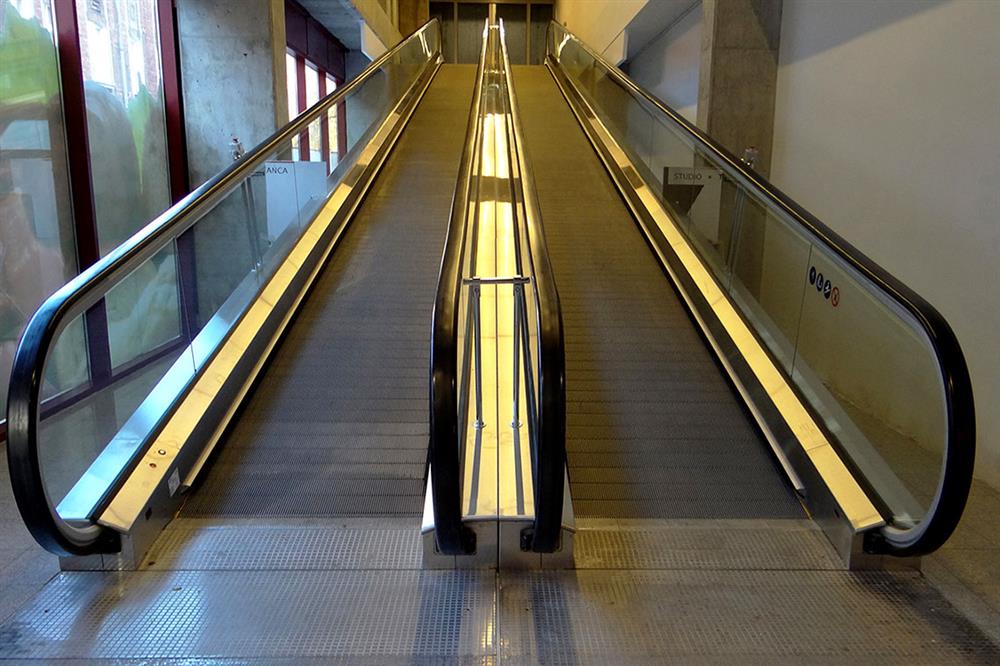In the past decades, the construction of escalators has become one of the basic and essential parts of buildings with the advancement of technology and numerous innovations. Due to the rapid growth of urbanization and the increase in the number of multi-story buildings in cities, the need for quick and easy movement inside the buildings has also increased. In this situation, this device can act as an efficient solution for moving and transferring people and cargo in buildings.
But with the passage of time, the needs and expectations of customers have also changed. In the future, new technologies such as artificial intelligence, Internet of Things and robotics will be used in this industry. These technologies will be able to improve performance, increase safety and reduce maintenance and repair costs.
Also, with the increasing development of cities and tall buildings, the need for more innovative designs will be felt in this industry. Escalators with beautiful designs suitable for the environment, in addition to good performance, also add to the beauty and style of the building.
2. Historical evolution of the escalator industry and fundamental changes
The history of escalators has been a winding one ever since they were first introduced in the 19th century. Along the way, the industry has experienced major changes and has continuously evolved.
At first, escalators were simple and functional and were mostly used in public buildings and shopping centers. But with the passage of time, this industry became bigger and more complex and they were offered with modern facilities and more capabilities. Improvements in motion systems, less noise and vibration, advanced safety features, beautiful and modern designs, all these have contributed to its evolution and fundamental changes.
But what will be the future vision of this industry? Due to the evolution of technology and future innovations, it can be predicted that it will be significantly affected. Improvements in the power and efficiency of engines, the use of lighter and more resistant materials in construction, the use of automation and intelligent systems, advanced communication facilities, all of these can lead to fundamental changes.

3. Future technologies – intelligent systems
The escalator is always evolving and with the passage of time, new technologies are added to it. In the next 50 years, escalators are expected to face more innovations and more advanced technologies.
One of the technologies of the future is the use of intelligent systems. These systems will be able to detect the movement and needs of users and optimize its performance by using advanced sensors and algorithms. For example, if the system detects that in a busy traffic, the number of users who use the escalator is more, it can increase the speed of movement to reduce the waiting time of users.
Another technology that can be used in the future is the use of renewable energy. Currently, many escalators run on city electricity. But with the development of renewable technologies such as solar panels and self-energy production systems, clean and renewable energy can be used to power them in the future.
4. Use of artificial intelligence
With the advancement of technology in the past decades, the use of artificial intelligence in the construction of escalators has become a reality. Artificial intelligence allows us to equip these devices with more intelligence and to provide better performance. Using deep learning algorithms, escalators will be able to automatically recognize people, recognize their movements, and even recognize their emotions.
With these innovative technologies, they will be able to offer optimal routes and suggestions for people. For example, if a person regularly moves from one floor to another, it can automatically prepare a time for activation and automatically activate at the right time.
In addition, by using artificial intelligence and deep learning, we can improve their performance and use more energy. Also, these stairs can adjust their speed by detecting the number of people inside them and thus increase energy efficiency.

